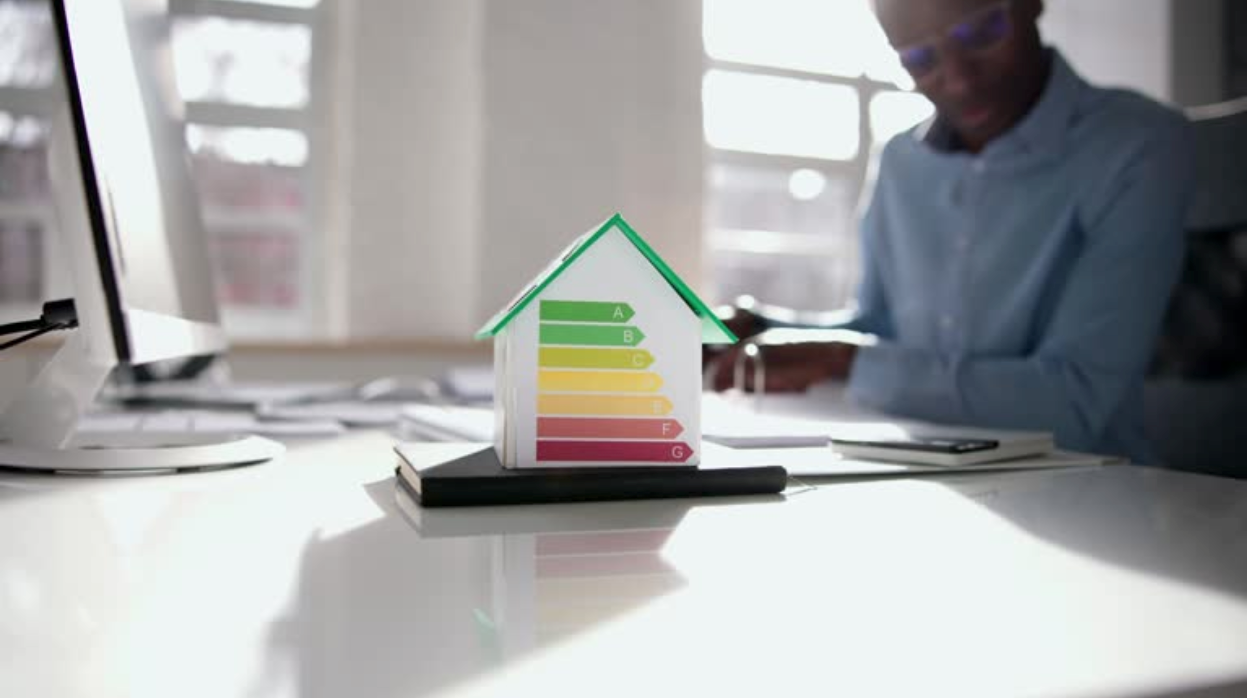
ANSI/ASHRAE/IES 90.1: Energy Standard Explained
If you’re working in commercial construction, design, or renovation, you’ve probably heard of ASHRAE standard 90.1. But what exactly is it, and why does it matter for your projects?
Let’s break down what ANSI/ASHRAE/IES 90.1 is, why it’s so widely adopted, and how you can meet its energy efficiency requirements using smart products and systems. We’ll also show you how TBC Supply supports your path to compliance with solutions that check all the right boxes. Let’s dive right in!
What Is ASHRAE 90.1?
The ANSI/ASHRAE/IES 90.1 standard, often shortened to ASHRAE standard 90.1, is a widely recognized energy standard for buildings, not including low-rise residential homes. Developed by the American National Standards Institute (ANSI), the American Society of Heating, Refrigerating and Air-Conditioning Engineers (ASHRAE), and the Illuminating Engineering Society (IES), it sets the benchmark for minimum energy efficiency requirements in most buildings.
So, what is ASHRAE standard 90.1 in practice? It’s a rulebook. One that lays out how building systems, from HVAC to lighting to insulation, must perform to reduce energy use, control costs, and lower emissions. It’s used in many building codes across the U.S. and even serves as the basis for LEED and federal energy programs.
If your project is commercial or multi-family over three stories, ASHRAE standard 90.1 isn’t optional. It’s absolutely essential.
Why Does the ASHRAE Energy Code Matter?
The ASHRAE 90.1 energy code goes beyond best practices. It’s a legal requirement in many jurisdictions. Even if your region hasn’t adopted it fully, chances are you’ll need to comply with certain certifications and incentives or meet future-proof standards.
Energy-efficient buildings save money. But more than that, they also provide better indoor environments and reduce environmental impact. Designing a new building or retrofitting an old one, following Standard 90.1 ensures your project stays up to date with current energy efficiency requirements.
Also, it’s important to note that this code keeps evolving. The latest version includes updated benchmarks for lighting, controls, building envelopes, and more. If you’re not keeping up, your designs and your business could suffer.
Where ASHRAE Standard 90.1 Applies
You’ll find ASHRAE/IESNA 90.1 applied across all major buildings in the following categories:
-
Offices and Commercial Buildings
-
Warehouses and Distribution Centers
-
Schools and Universities
-
Healthcare Facilities
-
Retail Stores and Shopping Centers
-
High-Rise Residential Buildings
No matter the structure, ASHRAE 90.1 affects how you choose products, systems, and even design layouts to keep your space energy efficient.
The Requirements of ANSI/ASHRAE/IESNA 90.1
ASHRAE standard 90.1 dives deep into specific performance areas that you should always keep in mind when running a building. Here are the major areas that this standard addresses:
-
HVAC Systems: Heating, ventilation, and air conditioning must meet strict energy efficiency and control requirements, like demand-controlled ventilation and economizers.
-
Lighting Systems: Interior and exterior lighting must be high-efficiency, with controls like occupancy sensors and daylight dimming built in.
-
Building Envelope: Walls, roofs, floors, doors, and windows must hit certain U-values, solar heat gain coefficients, and air leakage limits.
-
Mechanical Controls: These ensure building systems operate only when needed and avoid energy waste during off-hours.
-
Hot Water Systems: Your building must meet energy factors and insulation rules, especially in larger buildings with extensive plumbing.
-
Electrical Power Systems: This rule focuses on transformer efficiency, metering, and automatic receptacle control.
-
Commissioning: Systems need to be tested and verified to perform as intended. No shortcuts allowed!
The bottom line? ASHRAE standard 90.1 isn’t just a suggestion. It’s a roadmap to building performance that starts from the ground up.
How TBC Supply Helps You Stay Compliant
At TBC Supply, we make it easy to meet or exceed ANSI 90.1 requirements. Designing from the ground up or modernizing an existing facility, our catalog offers energy-smart solutions for every type of building. We offer products that align with the goals of the ASHRAE energy code, including:
-
HVLS Fans: These industrial fans move massive volumes of air with minimal power. Our fans reduce HVAC strain and improve comfort without blowing up your energy bill.
-
Directional Fans: These fans offer targeted airflow solutions that deliver cooling power where you need it most.
-
Mini Splits: These are high-efficiency heating and cooling systems that meet strict HVAC performance benchmarks in ASHRAE 90.1.
-
Schwank Heaters: These are radiant heaters designed for big spaces, which can help you cut energy waste and heating costs while staying compliant.
-
Air Purifiers: These products enhance IAQ while operating efficiently enough to meet even the latest versions of ASHRAE/IESNA 90.1.
-
Energy-Conscious Materials: We stock insulation, ductwork, and control systems that align with the ASHRAE 90.1 energy code and regional building standards.
Let TBC Supply Help You Meet ASHRAE 90.1
When it comes to code compliance, product performance, and energy savings, ASHRAE 90.1 is the standard that sets the pace. And TBC Supply is here to help you keep up. You don’t need to go it alone. Our team is here to help you choose the right mix of products for code compliance and cost-effectiveness.
From HVLS fans to mini splits, from air purifiers to heating solutions, we carry the energy-efficient products you need to get the job done right. With top brands and regional distribution centers across the Southeast, we deliver fast, expert service you can count on. Schedule a free site visit consultation today!
